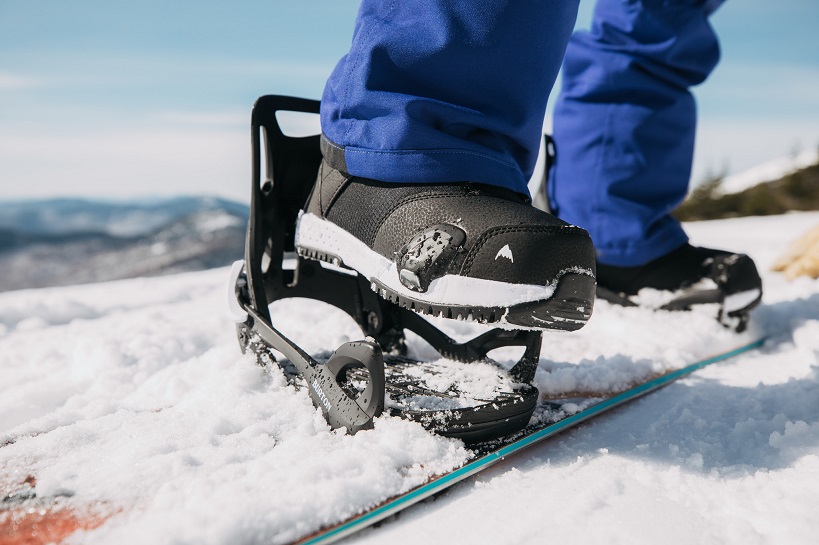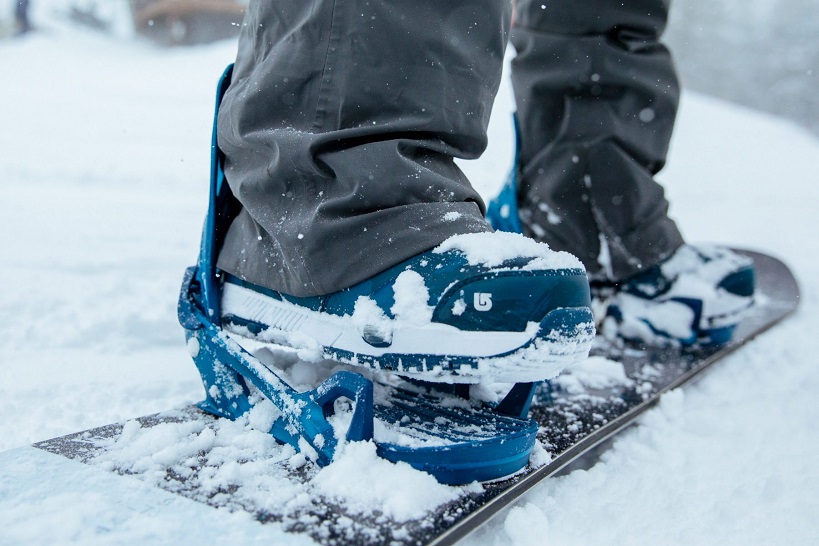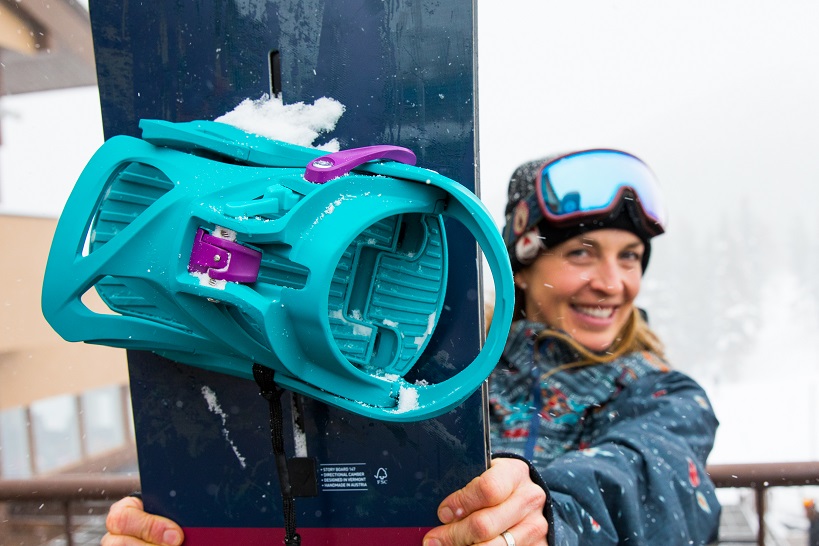Snowboard Bindings Make or Break the Experience: Choose Them Well
Even though as a family we aren’t particularly fond of the cold, we still like winter – white winter to be exact! Snow is magical, and we can’t imagine going a year without it which is why my husband had the idea of taking me and the kids out to try snowboarding.
It sure was fun, but as difficult as we expected it to be (if not more!), so we’re hoping on going on more adventures to master a few skills. Though I didn’t know much about the sport before, and found the preparation for it to be challenging but fun in itself too, I came to understand the importance of snowboarding gear for an amazing adventure, especially the bindings.
This has to do with the fact they’re the main connection between you and the snowboard. Having this in mind, they can make or break the snowboarding experience, which is why shopping for the right bindings shouldn’t be taken lightly. More so given that they’re going to be put through a great deal of pressure, so if you want to get utmost safety, control and durability, choose quality.
What Are the Types of Bindings?

First, it’s necessary to get to know the different types to be able to pick the right one.
Step On
For beginners, it’s recommended to get proper step on snowboard bindings because they are easy to use as all you have to do is just step into and you’re good to go same as a skier. Best of all is you won’t have to worry about strapping in anything. This particular aspect is what made me be in favour of this type in the first place.
The ingenious brand behind the revolutionary design is Burton – they’ve managed to pull off what others have been trying to do long ago. What many find to be a drawback, however, is the fact you can only use these bindings with a specific pair of boots from the same brand, so there’s a bit of limitation here if you weren’t planning on buying a new pair just to be able to use them.
As a beginner in the sport, I’ve found the step on snowboard binding design to be perfect because I could avoid the struggle to get going in a seated position after strapping in. Also, this is what makes them suitable for older riders and those who have some sort of difficulty in bending to strap. With people who have mastered a few skills, they’re also ideal for getting off the lift in no time.
Rear Entry
Unlike the step on snowboard bindings, these are typical for their one-piece design with reinforced highback and single toe straps. When putting them on, all you have to do is pop open the highback, slide to the strap, and then close the highback.
Once you’ve adjusted them, you won’t have to adjust them every time you put them on, so that’s an aspect many people like about this type of bindings. What is considered a drawback is the fact they don’t offer the kind of customised adjustment that the traditional strap-in bindings do.
Strap In
Also known as the traditional strap design, this has been widely used for years. Unlike the step on snowboard bindings, you won’t have to get a new pair of boots specialised only for this type, which is great if you don’t plan on spending more money. Moreover, unlike the rear entry bindings, this design allows for greater customisation as there are two straps you’d have to adjust for the right fit: at the toes and at the heels.
As they provide a sense of security (no loose feet while snowboarding), they’re pretty responsive, offer outstanding cushioning and are somewhat easy to use. No surprise why they’ve been the standard and popular among most snowboarding enthusiasts. Still, if speed is what you’re after, this can be a sort of disadvantage for you with this design.
Consider the Flex of the Bindings

To be able to make up your mind on the flex of the bindings, it’s important to consider your ride style (for the experienced) and your level of ability (for the beginners) with the sport. This is so because the flex rating differs, from soft to the particularly stiff, so you need the right amount of flex suitable for your rides.
For beginners like me, who aren’t that able to handle the snowboard and the moves, soft (1-2 out of 10) and medium to soft (3-5) are ideal options. Intermediate riders are also advised to choose the latter, or at least medium (5-6), whereas the more experienced could go even higher with the stiffness. Some styles, like all mountain and those who enjoy free-riding could go for medium to stiff (7-8) and stiff flex (9-10) for maximum responsiveness.
Besides these considerations, I’d like to add the importance to choose step on snowboarding bindings, or the other two types, based on the right size. You wouldn’t buy hiking boots or snowboarding boots without looking into the size, so why do that with this equipment piece, right?
Be sure to pay attention to the materials they’re made of too, and ensure they’re compatible with the mounting system of your snowboard to avoid any mistakes. And lastly, before taking to the slopes, be sure to try out how to use the bindings so you don’t face any surprises during the ride.



